Results
-
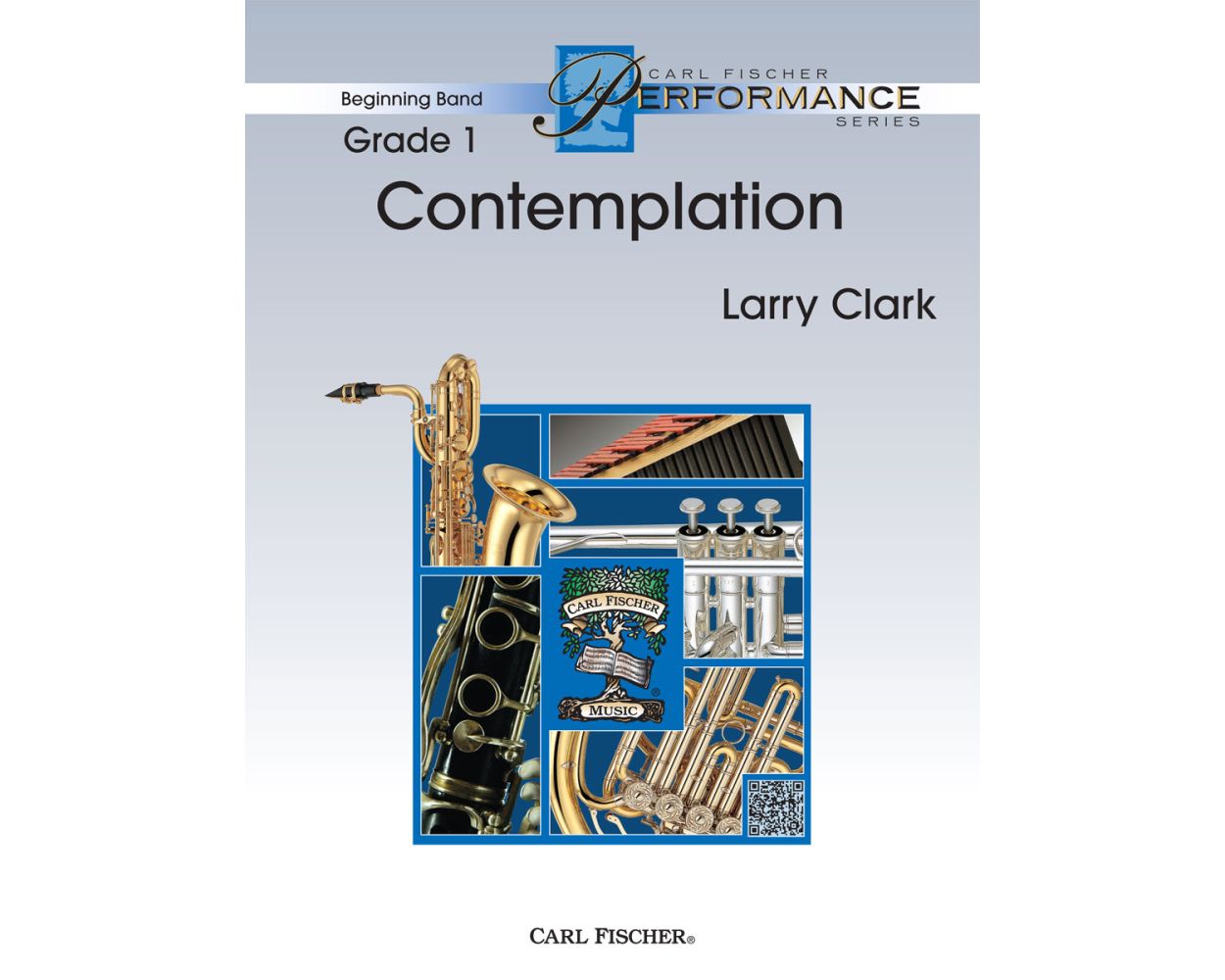 £43.00
£43.00Contemplation
Contemplation by composer Larry Clarkis written in a contemplative manner for beginning students. It begins with a lush opening section with an elegant melody. This is contrasted by an uptempo section with a frolicking feel, which is a variation on the same musical material. Contemplationis a very musically gratifying piece for beginning wind players.
Estimated dispatch 12-14 working days
-
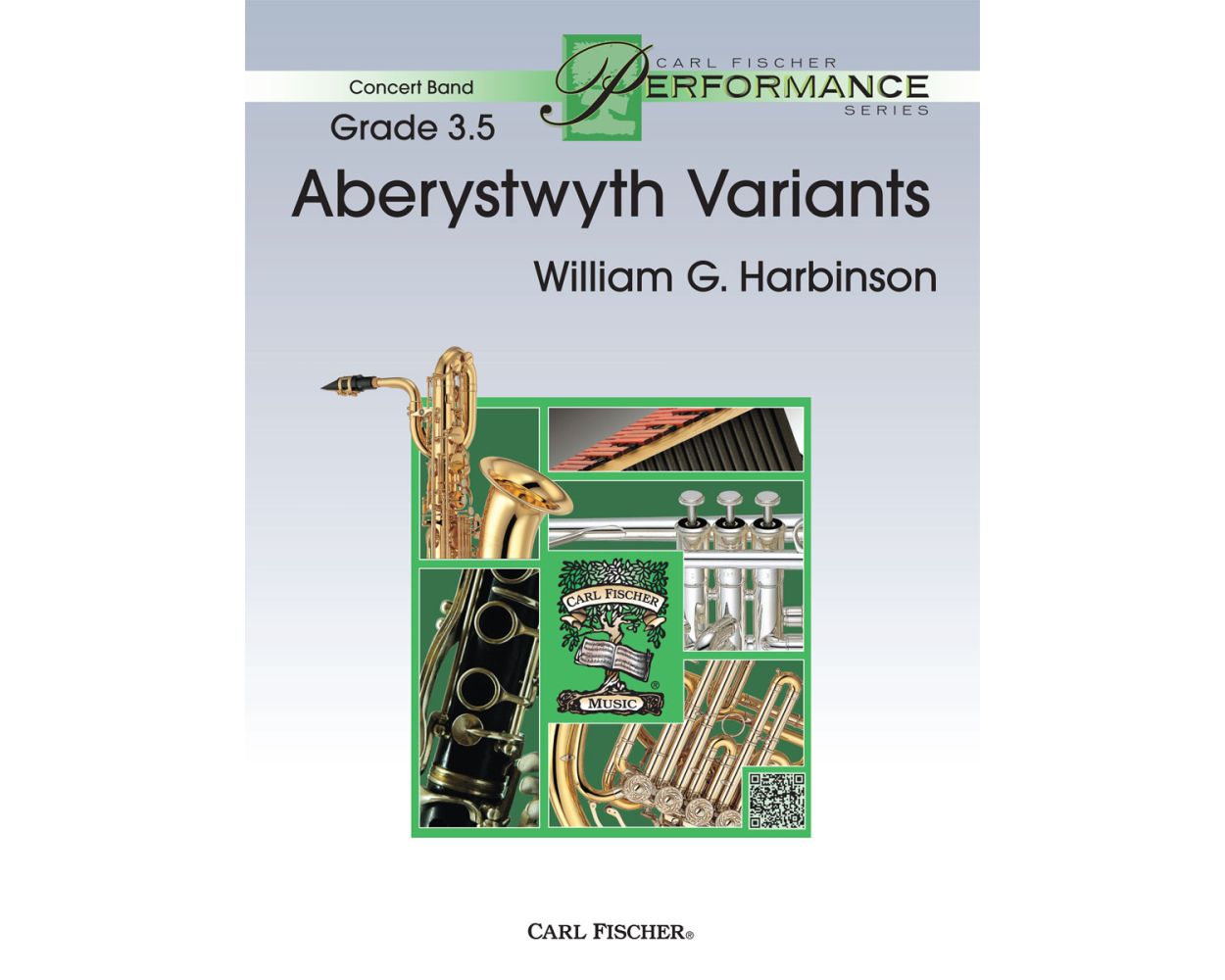 £73.00
£73.00Aberystwyth Variants
A classic hymn is given an exceptional variation style treatment by popular composer William Harbinson. You can find Bill's pieces on many state festival lists and this one will be no exception. You will hear glorious fanfare gestures, beautiful lyrical lines, lush harmonies and more in this sophisticated setting of the hymn. Alert your music list committee about this excellent new piece.
Estimated dispatch 12-14 working days
-
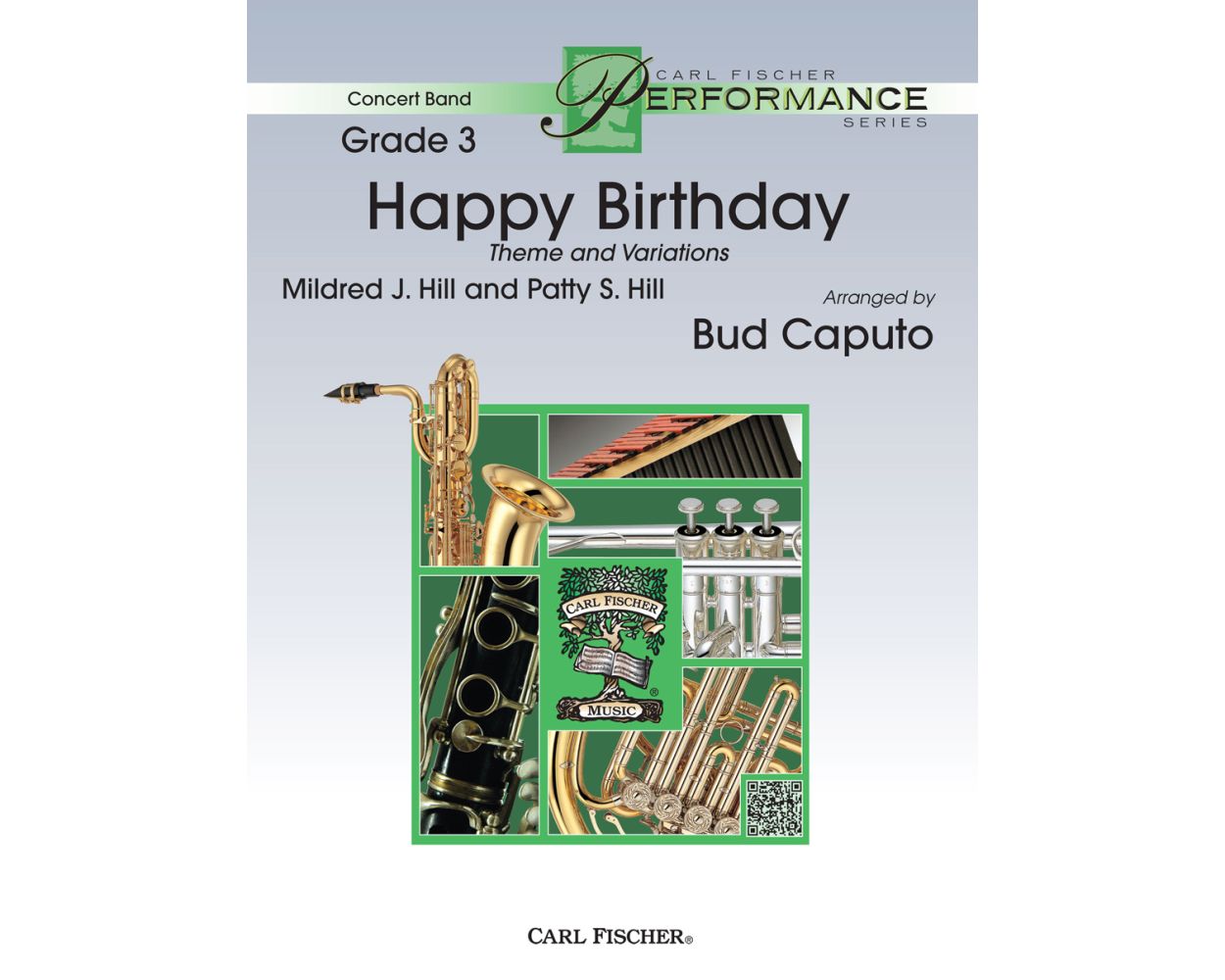 £73.00
£73.00Happy Birthday Theme and Variations - Mildred Hill
Use this piece to celebrate someone's birthday or just for fun in a concert setting. Happy Birthday Theme and Variations is a novelty arrangement that incorporates traditional melodic variation techniques along with familiar classical-music themes to entertain your audience. Challenge your students and audience to identify these melodic fragments.
Estimated dispatch 12-14 working days
-
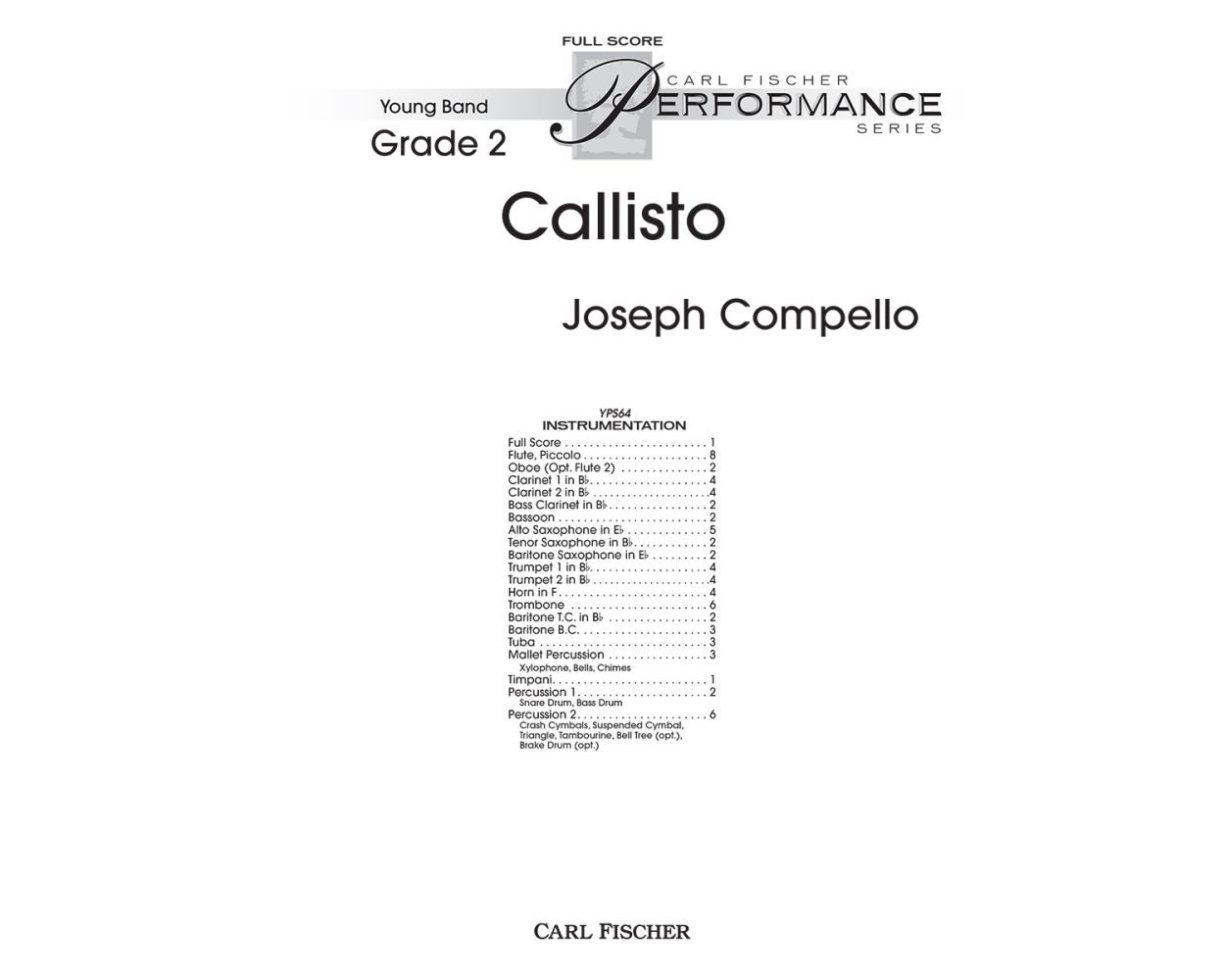 £58.00
£58.00Callisto
A winning and moderately easy concert piece that takes its name from one of the moons of Jupiter, Callisto is a vibrantly scored set of two variations on a fragment of a theme from the Jupiter movement of Gustav Holst's orchestral suite, The Planets. The characteristic flatted-7th of much English folk music is retained in both the quick opening section and the slow, reflective variation that forms the B section of this clever and appealing overture-style piece.
Estimated dispatch 12-14 working days
-
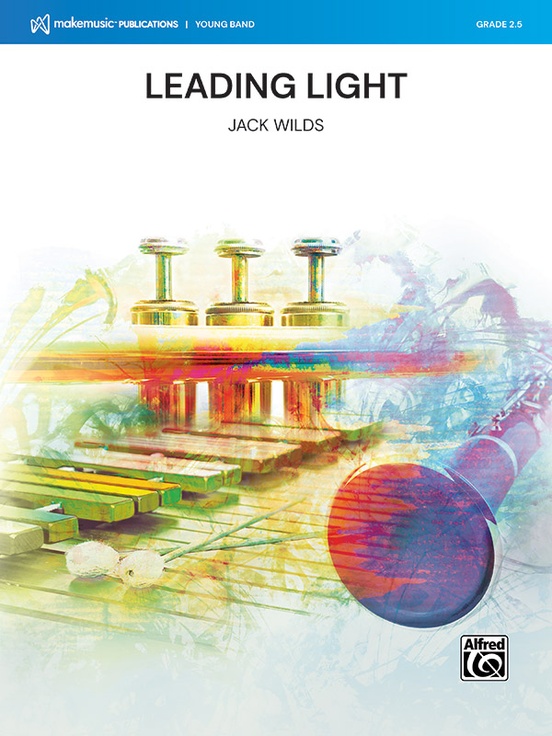 £66.95
£66.95Leading Light - Jack Wilds
Based on a school's powerful growth in the arts, this piece follows a single melody from a slower, quiet beginning filled with potential into a faster section crackling with energy. The theme steadily builds momentum through each variation until it reaches a joyful outpouring of sound in the final bars. (3:45)
Estimated dispatch 3-5 working days
-
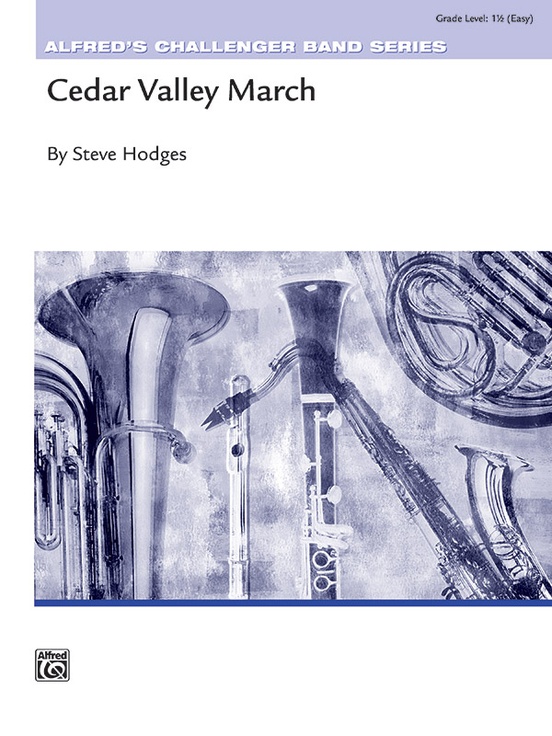 £49.95
£49.95Cedar Valley March - Steve Hodges
This spirited march begins with a dynamic "echo" introduction that leads to the memorable main theme. All sections share the spotlight before transitioning into the contrasting B section with a minor, more lyrical theme. After an understated presentation, this section builds to a big cymbal crash that leads to a repeat of the A section. The coda features a variation of the echo introduction before ending in a dynamic fashion. The vitality of this new work makes an ideal concert opener that both the band and audience will enjoy.
Estimated dispatch 3-5 working days
